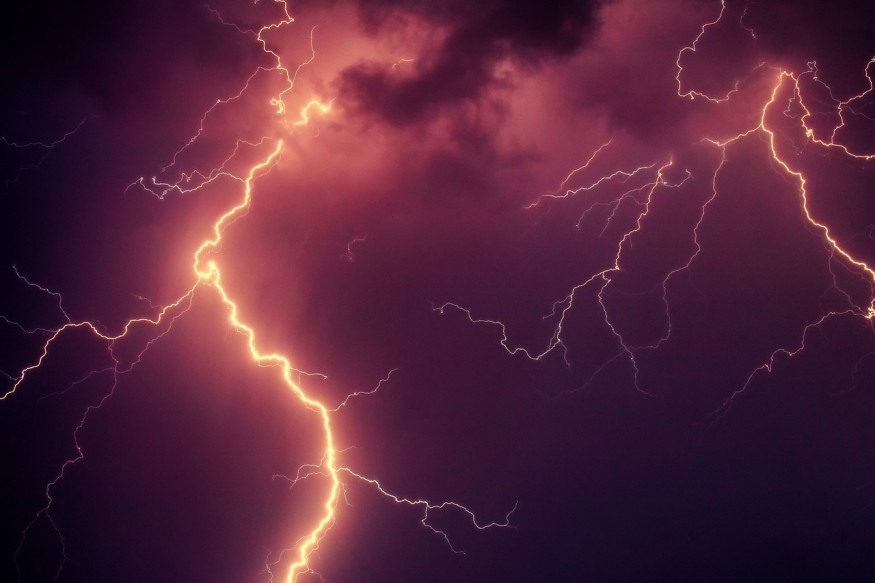Severe thunderstorms and flooding rain are possible to spread in almost 20 states across the continental US in the coming days this week. During this period, disruption to flights and affect other public transport as well. Power outages from downed power lines and trees cannot be ruled out as well.
US Weather Update

AccuWeather weather meteorologists on Tuesday, March 21, continued to issue warnings for a heightened risk of flooding rainfall and severe thunderstorms from the southern Plains to the Ohio Valley and Southeast.
The same storm system responsible for causing heavy rain, snow, and damaging winds in California will continue to traverse in an eastward direction to the Central US during Thursday and Friday, March 23 and March 24.
Also Read: Severe Thunderstorm Places over 60 Million Americans at Risk in the Mid-Atlantic and Northeast
Severe Weather Threat
The severe weather threat comes as the official start off the US spring season began on Monday, March 20. However, the time of the year also reminds us of an increased in tornado activities across the US, FOX Weather reported.
Earlier in March, powerful thunderstorms in Kentucky killed nine people and left hundreds of thousands of customers in multiple state without electricity, according to The New York Times.
NWS Meteorologist Richard Bann described early this month's weather phenomenon as a "multi-hazard event," as evident in the South US.
What is a Thunderstorm?
A thunderstorm is a weather phenomenon or event where a rain shower occurs and is accompanied by the sound of thunder. This is according to the National Severe Storms Laboratory (NSSL), which clarifies that since thunder comes from lightning, all thunderstorms can generate lightning. The NSSL is under the National Oceanic and Atmospheric Administration (NOAA).
The NOAA - NSSL acknowledges that meteorologists sometimes use the word "convection" when pertaining about thunderstorms. Convection, normally manifests due to surface heating, is an upward atmospheric motion that transports any particles or matter in the air, particularly any moisture available. This process makes thunderstorms a result of convection.
A thunderstorm is designated as "severe" when its system contains one or more of the following; 1 inch or greater hail, wind gusts in excess of 57.5 miles per hour (50 knots), or a tornado, also called as a twister.
Thunderstorm Frequency
The said US government agency estimates there are 16 million thunderstorms worldwide each year. Meanwhile, there are currently around 2,000 thunderstorms occurring simultaneously. In the US alone, there are around 100,000 thunderstorms annually; wherein about 10% of these intensify into severe thunderstorms.
In terms of hazards, thunderstorms are known for bringing the following threats: hail, wind, and lightning, according to the National Weather Service (NWS).
The first thunderstorm-related threat involves small ice particles that can turn into giant hail stones, where sometimes reach a size similar to a golf ball. Second, damaging winds can come either as tornadoes or straight line winds. Lastly, lightning strikes can reach up to 10 miles from a main thunderstorm, according to the NWS.
© 2025 NatureWorldNews.com All rights reserved. Do not reproduce without permission.





